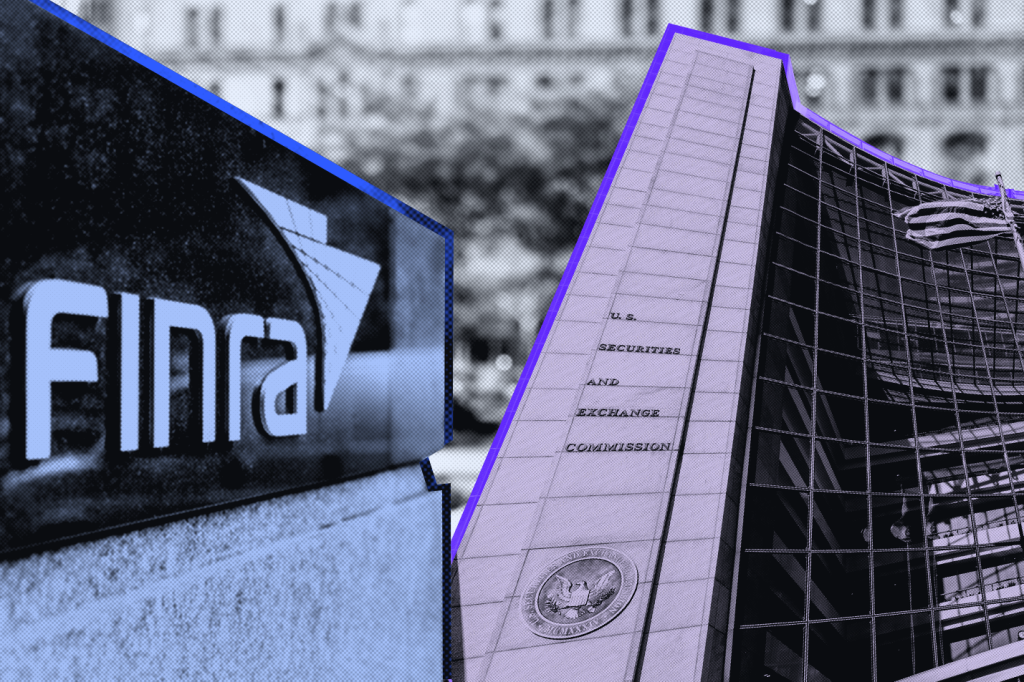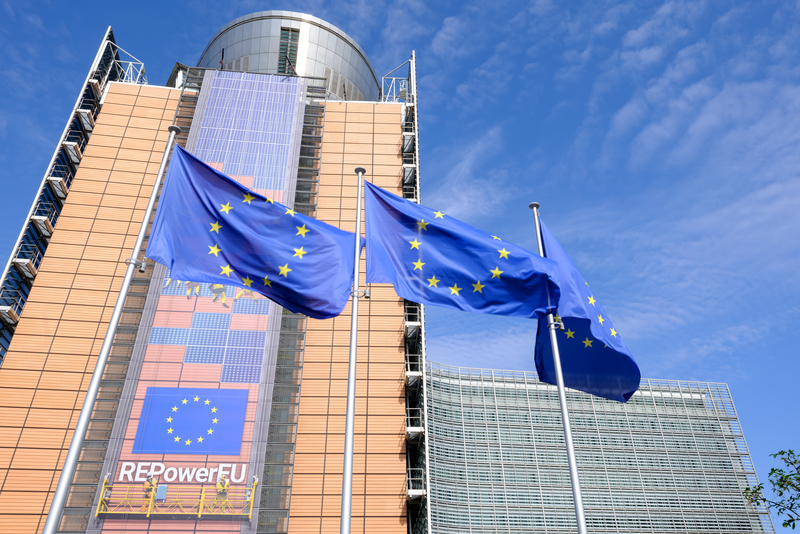A consultation published by the EU Commission on which over-the-counter (OTC) derivatives identifier would best facilitate price transparency closed at the end of last week.
While we will need to wait until mid-2024 to hear the Commission’s findings, there are a couple of points of much broader impact
Register for free to keep reading
To continue reading this article and unlock full access to GRIP, register now. You’ll enjoy free access to all content until our subscription service launches in early 2026.
- Unlimited access to industry insights
- Stay on top of key rules and regulatory changes with our Rules Navigator
- Ad-free experience with no distractions
- Regular podcasts from trusted external experts
- Fresh compliance and regulatory content every day

















